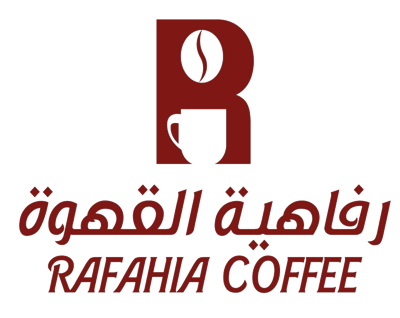The world of coffee is full of specialized terms that may seem strange to some, but are of great importance to coffee lovers and professionals. From the different stages of coffee preparation to the various methods of combining flavors, there are many terms you may encounter while learning about coffee or visiting coffee shops. In this article, we'll explore the most important terms in the world of coffee, what they mean, and how they affect the taste and quality of coffee.
1. Specialty Coffee
Specialty coffee is a term that refers to coffee of exceptionally high quality, carefully produced from farm to cup. Specialty coffee must receive a score of over 80 out of 100 according to the Specialty Coffee Association (SCA) standard. This type of coffee is characterized by its distinctive and complex flavors, the result of ideal growing conditions, careful harvesting, and specialized roasting.
2. Roasting
Roasting is the process of transforming green coffee beans into the brown beans we know. The beans begin roasting with a citrusy flavor and gradually develop sweeter notes as the roasting process progresses. Roast levels range from light, medium, and dark, each of which influences the final flavor of the coffee.
- Roasting-related terms:
- Light Roast: Characterized by a distinctive citrus and fruity flavor.
- Medium Roast: A balance of acidity and bitterness.
- Dark Roast: A more bitter taste with strong roasted flavors.
3. Green Coffee
Green coffee is coffee before it's roasted. Green coffee beans come from farms after they've been harvested but before they've undergone the roasting process. Green coffee beans are green in color and retain their natural flavors, which can be significantly affected by roasting.
- When do we use it? To talk about the beans before the roasting process begins.
4. Arabica and Robusta
Arabica and Robusta are the two main types of coffee beans used in coffee production. Each type differs in flavor and chemical content:
- Arabica: Considered the highest quality, it accounts for approximately 60-70% of the world's coffee production. It has a sweet flavor and less bitterness.
- Robusta: Contains a higher caffeine content and has a more bitter taste, often used in blended coffee or espresso.
5. Brew Method
Brewing is the process used to extract flavor from ground coffee beans using water. There are several brewing methods, including:
- Espresso: A quick, concentrated brewing method in which hot water is forced through finely ground coffee.
- French Press: This involves immersing the coffee in hot water for a long period of time and then separating it using a filter.
- Siphon: It uses the principle of vacuum and pressure to prepare coffee and is distinguished by its rich taste.
- Drip Coffee: A method of preparing coffee that drips through a paper filter to filter out the ground coffee.
6. Caffeine
Caffeine is the chemical compound responsible for coffee's stimulating effect. The amount of caffeine in coffee varies depending on the type of coffee, the preparation method, and the serving size. Caffeinated coffee is known for its ability to improve alertness and concentration.
- When do we use it? When discussing the effect of coffee on alertness or when comparing types of coffee.
7. Flavor and Taste
- Flavor: The entire experience a person has while drinking coffee, including taste and smell.
- Taste: Refers to the basic elements of taste such as sweetness, sourness, and bitterness.
There are many flavors that can be present in coffee, such as fruity, floral, or spicy. These flavors depend on several factors, including the type of coffee and the roasting method.
8. Extraction
Brewing is the process of extracting flavors from coffee by adding water. In this process, the water interacts with the ground coffee to extract the chemicals that give it its flavor and aroma. It's important to brew properly to ensure neither too much nor too little flavor is extracted.
- Terms related to mockery:
- Under-extracted: When not enough flavor is extracted, resulting in weak coffee.
- Over-extracted: When too much flavor is extracted, making the coffee taste bitter.
9. Filter
A filter is a device used to filter ground coffee beans from the water during the brewing process. Primarily used in methods such as drip coffee or French presses, the filter prevents ground coffee from reaching the cup.
10. Brew Ratio
Ratio refers to the ratio of coffee beans to water in the brewing process. The ratio of coffee to water plays a significant role in determining the strength and flavor of the coffee. For example, the traditional ratio for espresso is 1:2 (one part coffee to two parts water).
11. Bitterness
Bitterness is one of the flavor components that can be present in coffee. The level of bitterness is determined by the type of bean, the roasting method, and the brewing technique used. Darker roasted coffee typically has a higher bitterness content.
12. Oxidation
Oxidation occurs when coffee is exposed to air for a prolonged period after roasting, degrading the flavor. Therefore, it's important to store coffee well in airtight containers to prevent this chemical reaction, which can spoil the flavor.
Ultimately, the world of coffee is filled with terms and details that make the experience more profound and enjoyable. A proper understanding of these terms can help you enhance your coffee drinking experience and enjoy every cup. Whether you're a coffee novice or an expert, familiarizing yourself with these terms opens the door to a better and more comprehensive understanding of this unique beverage.

